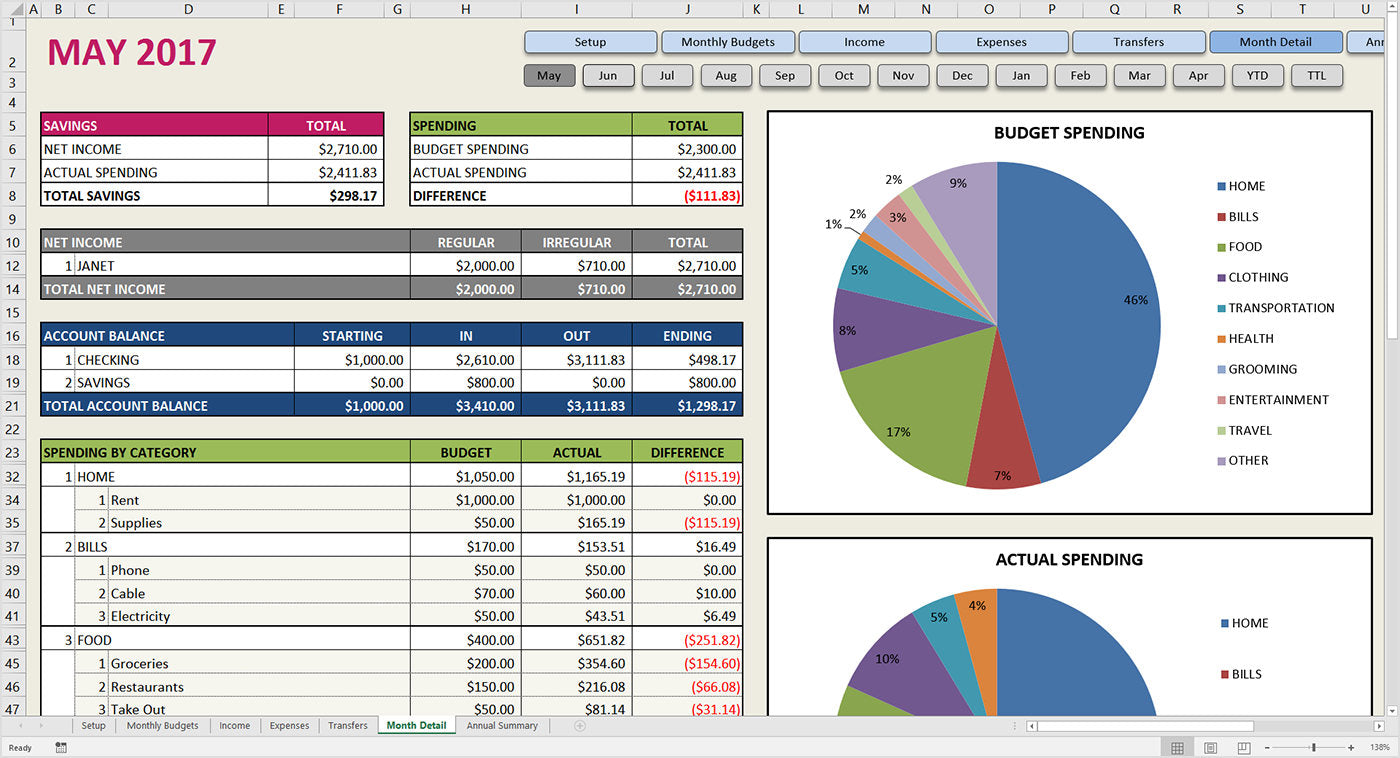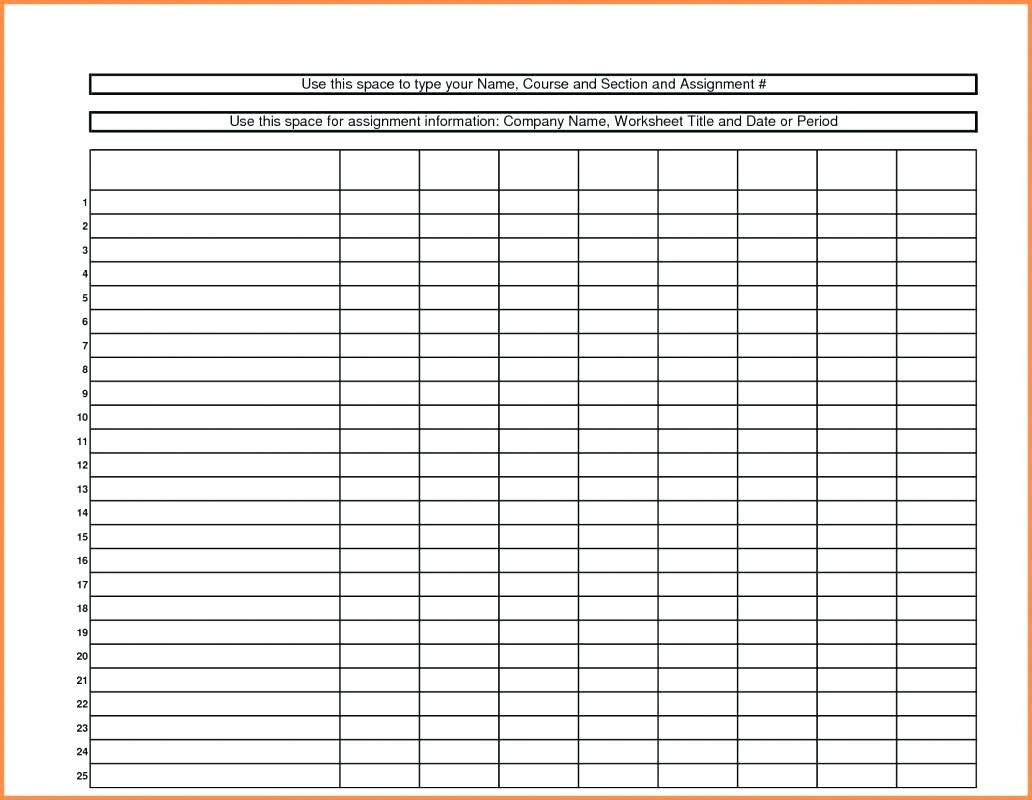
What Are Google Sheet Budget Templates?īudget templates otherwise known as budget spreadsheets, are carefully formulated documents that can help you manage your financial budgets even to the minute detail.
Monthly expenses spreadsheet google sheets free#
But if you want budgeting templates that work on excel, check our article on the best free budgeting templates. You don’t always have to use them on Google Sheets. These free personal finance budget spreadsheets and templates are so easy to use. We bring you the best free downloadable and customizable google sheets budget templates you can easily use. But still, you want to take advantage of the best tools to keep track of expenses and ensure proper management of your funds like a piece of cake then. I am currently working on a custom Google Apps Script to allow a lot of this functionality and hope to incorporate it soon.Let’s say sharing your personal bank information is like a call to a rapid heartbeat.
Monthly expenses spreadsheet google sheets update#
Update the sheet tables and splits accordingly. Include option to allow the user to say how many people are included in the sheet.Highlight split cells that add up to more than 100% or less than 100% (to highlight incomplete or exceeding split values).custom splits (instead of replacing cell references the in the main table directly. Checkbox to use grocery general split vs.Checkbox to allow user to reset sheet at the end of every month.Button to allow user to reset entire sheet (minus rent as this is likely to be constant every month unless starting a new lease).Here are a list of features in the pipeline… This is the grand total of who owes what after collecting information for all expense categories. The Final Sectionįinally, we have the grand total section, indicated by the green double border surrounding it. I plan on incorporating a simpler solution in the future but for now you’ll need to do it this way. Do the same for Person 2 only this time use either H35 or H32 respectively. If you want to use the specified grocery split use G32. This means that for Person 1, you will need to set their groceries cell in the main table (B7) equal to the total grocery split value further down the sheet (G35). Now, in the main table, if you want to use the total grocery splits, you will need to reference the grocery total cells under each person.

This will update the range accordingly to go beyond C62. If you run out of space in the table, just do the same thing you did earlier for the main table by inserting the cells above the last line in the table. For this, I use Google’s SUMIFS function because it sums a range depending on specified criteria (such as, checking that adjacent B cell matches the corresponding E cell). I am checking the amounts in the whole table (C21:C62), and am summing them only if their corresponding store name value in the table (B21:B62) is the same value as the corresponding store name in the associated calc (E28). Finally, the CONCATENATE function simply combines, or concatenates, the two text values of "September" (from TEXT(EDATE.)) and " Rent".Ĭolumn B accepts user input, except for B7 which comes from a separate table that I’ll cover later on.Ĭolumns D and E split the corresponding value in Column B based on provided percent values in the second table we’ll go over, the splits table. In this case, the format provided is "MMMM" which is the string month formatting ( "MM" would convert it to "09" instead of "September"). TEXT() converts a specific number into text depending on provided format. The EDATE() function projects a given date before/after a specific number of months. I get the current month from today’s date using TODAY(). I find the current date’s month, add one to it, convert it to a string, and then concatenate it with “Rent”.


The month updates automatically with the current date. Not the end of the world, but it doesn’t hurt to have a little reminder.


 0 kommentar(er)
0 kommentar(er)
